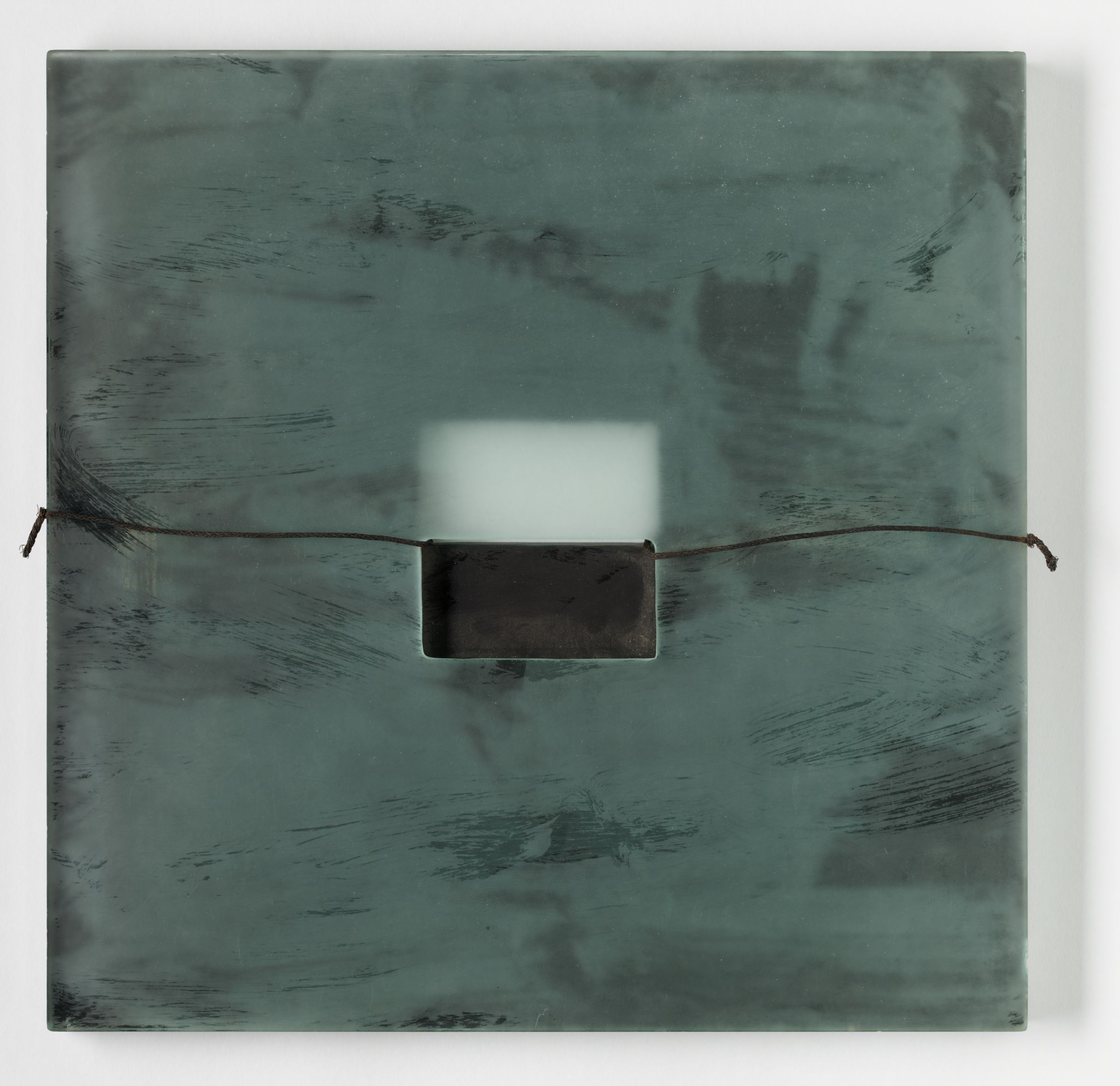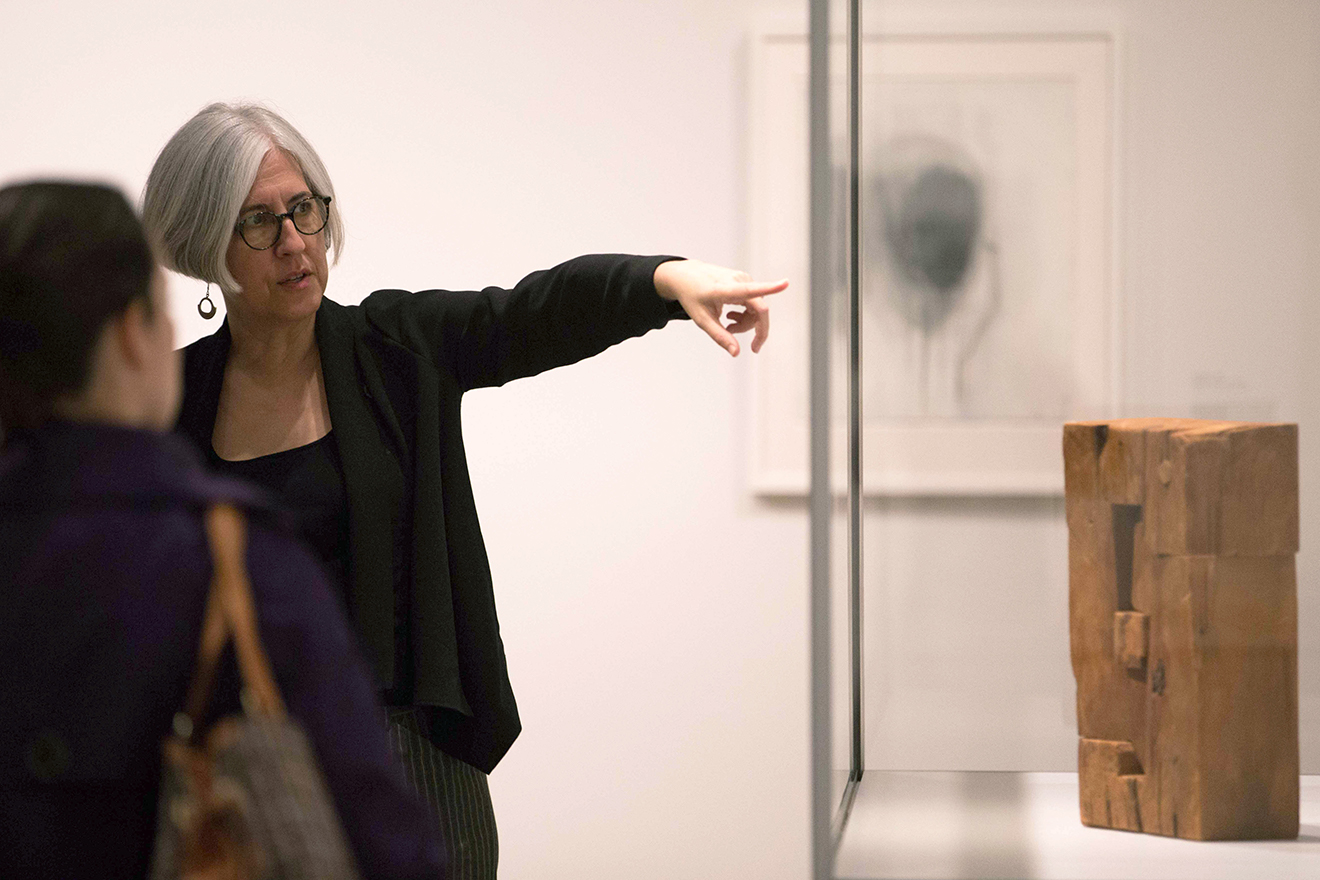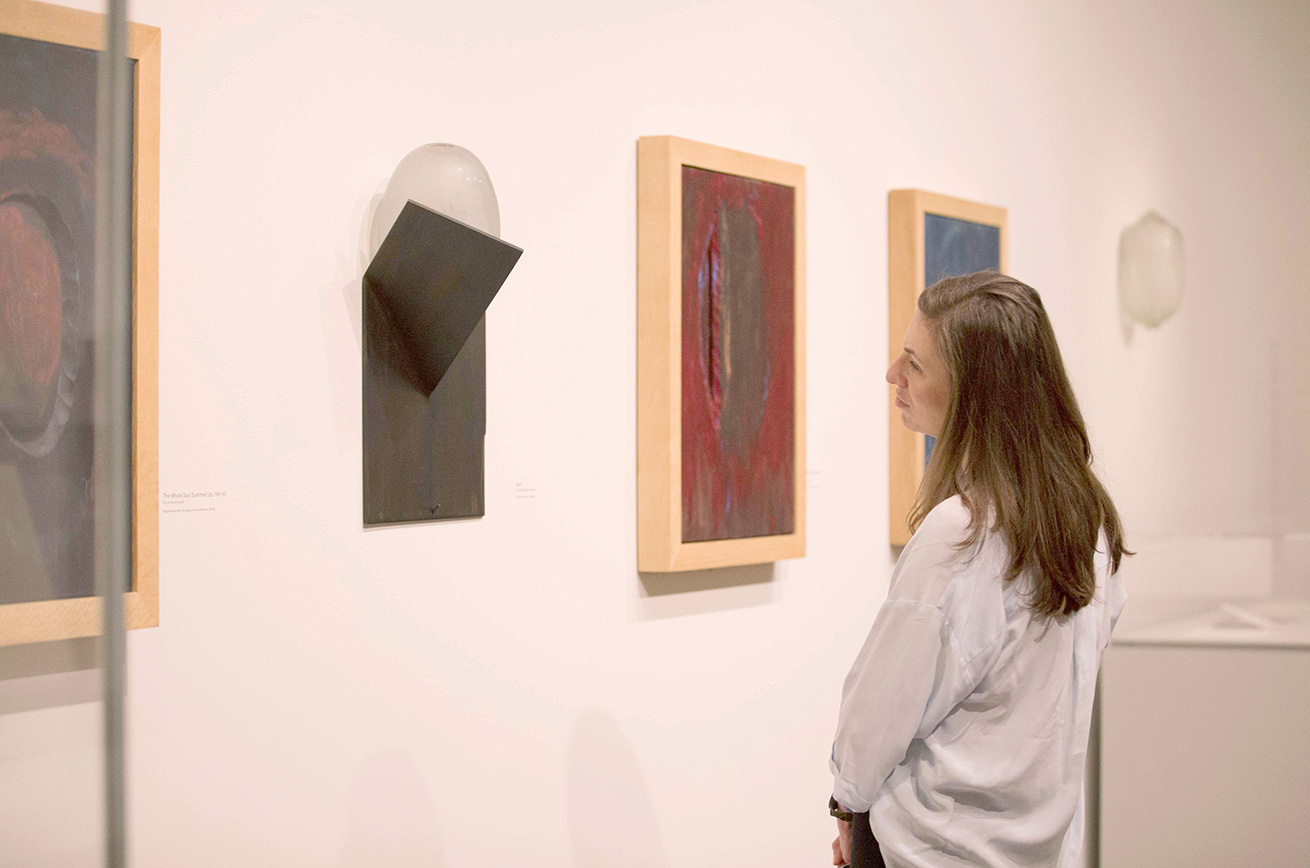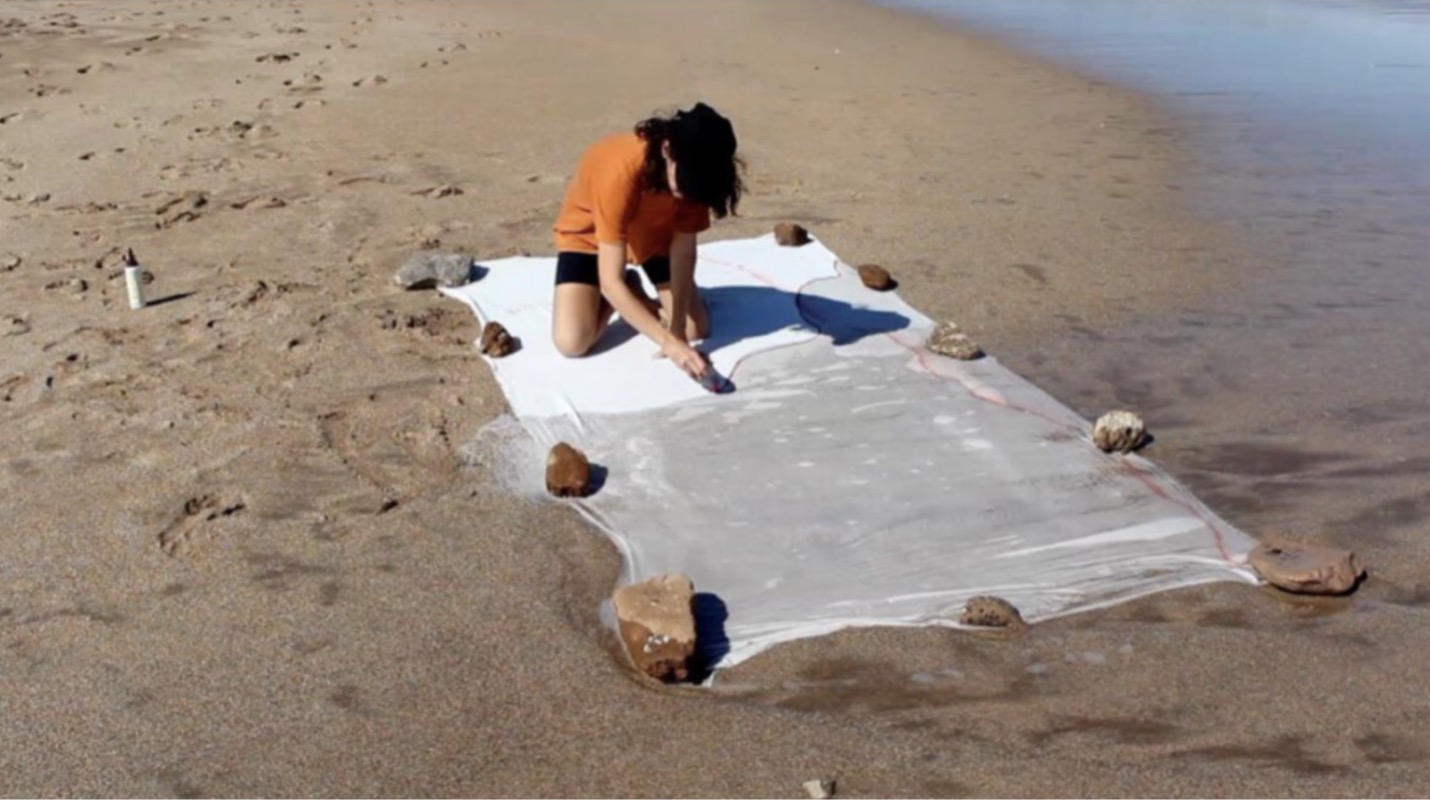A new exhibition at the Harvard Art Museums focuses on the work of American sculptor Christopher Wilmarth (1943–1987). Centered around Wilmarth’s print series Breath (1982), which illustrates poems by French symbolist Stéphane Mallarmé, the exhibition includes related charcoal and pastel drawings, etchings, and sculptures drawn primarily from the museums’ collections.
Students Help Shape Wilmarth Exhibition
Entitled Reverie: Christopher Wilmarth, Before and After Mallarmé, the exhibition also highlights many of the artist’s studio files and other archival materials that the museums have acquired over the last 16 years. A new digital Special Collection, launched in conjunction with the show, makes these materials more widely accessible.
The digital project and related exhibition programming were the cornerstones of two Harvard students’ recent work with exhibition organizer Sarah Kianovsky, curator of the collection in the museums’ Division of Modern and Contemporary Art. Building on previous students’ foundational research conducted over the past few years, Max Benegas, a sophomore studying computer science, assembled the digital Special Collection, while Laura Kenner, a Ph.D. candidate in the history of art and architecture, wrote an essay to introduce the Special Collection and helped organize a related symposium on Wilmarth, his Breath project, and the artistic reception of Mallarmé.
“Both Laura and Max made invaluable contributions to this project,” Kianovsky said. “Laura’s sensitivity to the material aspects of art has been critical for our interpretation and presentation of the work and to the shaping of the symposium. Max applied his computer science skills and his curiosity to the formidable task of making a complicated collection accessible through the medium of our Special Collections tool. It’s been so helpful to have their expertise, not to mention their fresh perspective.”
A Taste of Curatorial Work
As a research assistant last summer, Kenner learned a great deal about Wilmarth’s artistic practice—as well as about the museums’ deep Wilmarth holdings. “I didn’t have any idea of the breadth of the collection here, or of his incredible archive of notes, sketches, diagrams, and drawings,” Kenner said.
Informed and inspired by these objects, Kenner’s essay for the Special Collection situates specific works from the Breath project within the context of the exhibition and in relation to Wilmarth’s artistic remediation of forms. Breath began in 1978, when poet, translator, and editor Frederick Morgan asked Wilmarth to illustrate his translation of seven poems by Mallarmé. Wilmarth created seven etchings and continued to experiment with expressing his initial forms through a variety of mediums, including charcoal, graphite, pastel, oil, and sculpture. Reverie traces the connections between the Breath works and others from Wilmarth’s wider practice.
The May symposium that Kenner helped plan with Kianovsky explored the artist’s diverse yet interconnected oeuvre, as well as his associations with Mallarmé. Kenner hopes that the scholarly event helped spur productive conversations about Wilmarth’s work through various areas of art making, bringing much-deserved broader critical attention to the artist.
Digital Resource Development
Max Benegas’s task of developing the Wilmarth Special Collection was equally eye-opening. He began with a visit to the Harvard Art Museums Archives to study Wilmarth’s sketchbooks, ephemera, correspondence, and other materials that would be presented in the Special Collection. He then categorized and organized digital images of these objects before uploading them to the website.
The digital resource features more than 1,000 Wilmarth-related objects and audio clips of the country music Wilmarth wrote. Users may search objects by date, medium, and title. With a robust zooming functionality, the resource is especially helpful if a user wants to closely examine an object alongside related archival materials, such as Wilmarth’s handwritten instructions for displaying his sculptures.
“What Kind of Day Is Today”
Christopher Wilmarth
“The Special Collection is a really cool way to appreciate the artist’s vast range of works,” said Benegas. “It’s interesting to be able to better understand Wilmarth’s motivations and the work that he put into his sculptures. And it’s incredible to see his art next to all these documents that show what the work meant to him, how he made it, and how he thought other people should interpret it.”
Like the Reverie exhibition and the May symposium, the Special Collection offers yet another unique lens on the life and career of Christopher Wilmarth.






